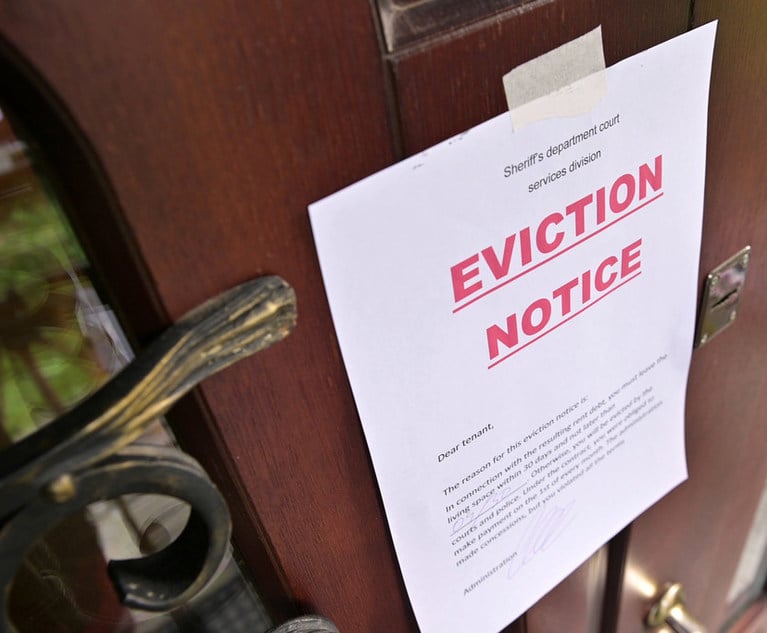 One morning in 2002, a guard phoned the mental health unit in an upstate prison to report that an inmate was “acting weird.” The inmate, Carl B., was “non-responsive and crying.” A nurse instructed that the distraught inmate be brought down for an emergency psychiatric evaluation. But instead Carl B. was mistakenly escorted to the yard for recreation. Within the hour, he had assaulted two guards, punching one and superficially biting another. Both men felt pain but sustained no lasting injuries. Carl B. was admitted to care by the Office of Mental Health that same day, diagnosed as delusional and suffering from a psychotic disorder. Although he had a history of psychiatric problems and there was contemporaneous documentation of serious mental illness, Carl B. was indicted for this incident. He was convicted of assault in the second degree and sentenced to 30 years to life imprisonment.
One morning in 2002, a guard phoned the mental health unit in an upstate prison to report that an inmate was “acting weird.” The inmate, Carl B., was “non-responsive and crying.” A nurse instructed that the distraught inmate be brought down for an emergency psychiatric evaluation. But instead Carl B. was mistakenly escorted to the yard for recreation. Within the hour, he had assaulted two guards, punching one and superficially biting another. Both men felt pain but sustained no lasting injuries. Carl B. was admitted to care by the Office of Mental Health that same day, diagnosed as delusional and suffering from a psychotic disorder. Although he had a history of psychiatric problems and there was contemporaneous documentation of serious mental illness, Carl B. was indicted for this incident. He was convicted of assault in the second degree and sentenced to 30 years to life imprisonment.
The prosecution of Carl B. took place when much of New York’s public defense system was aptly described by the Commission on the Future of Indigent Defense Services as “severely dysfunctional and structurally incapable of providing … effective legal representation.”. After exchanging a few words with his client at the arraignment, Carl B.’s appointed lawyer did not meet or communicate with him again until 24 hours before trial. The lawyer had no clue about Carl B.’s history of mental illness or documented psychosis on the morning of the assaults. Counsel pursued a generic “beyond a reasonable doubt” defense, trying the case by the seat of his pants, knowing next to nothing about the severely disabled man seated inches away from him in the courtroom.






